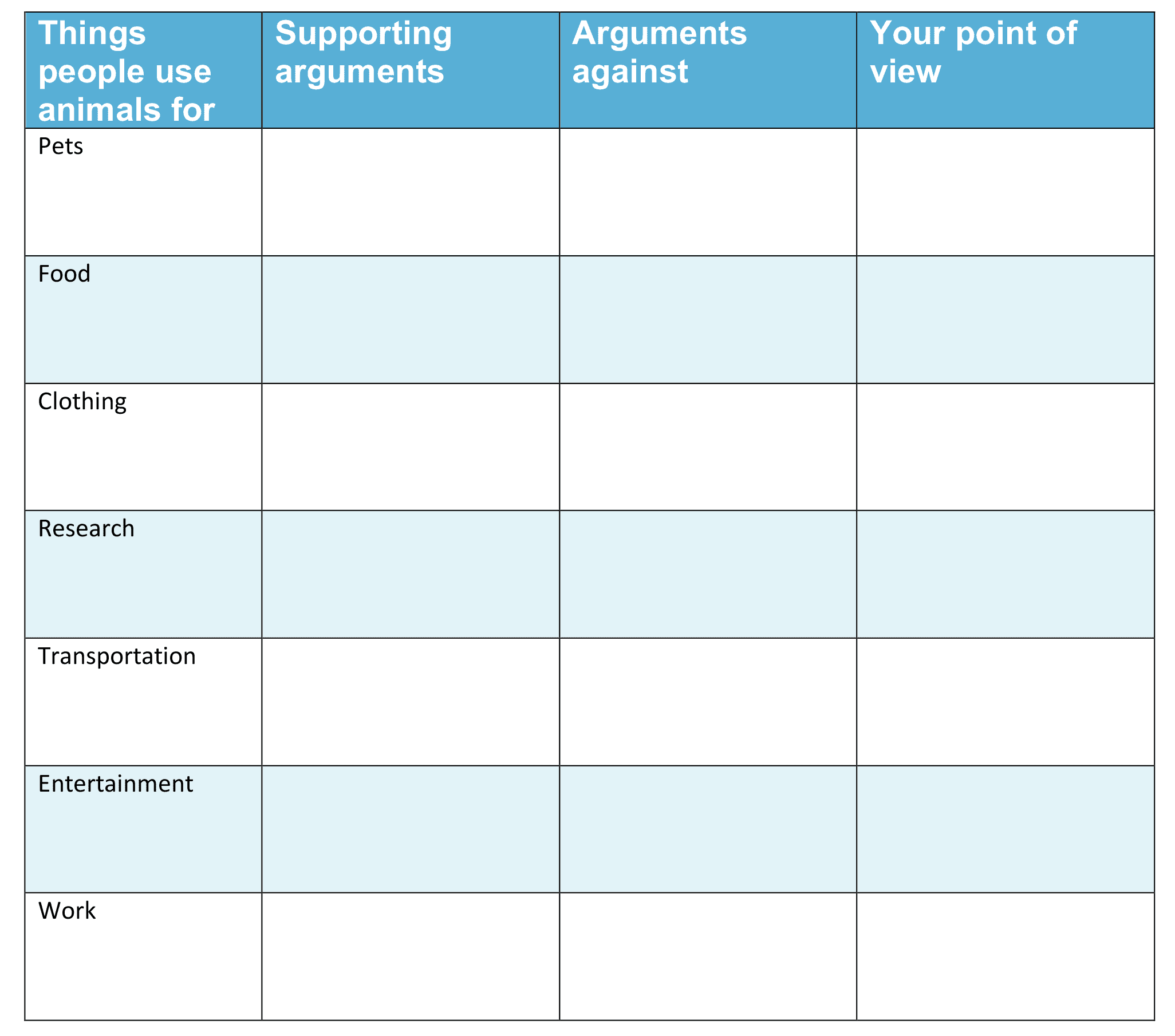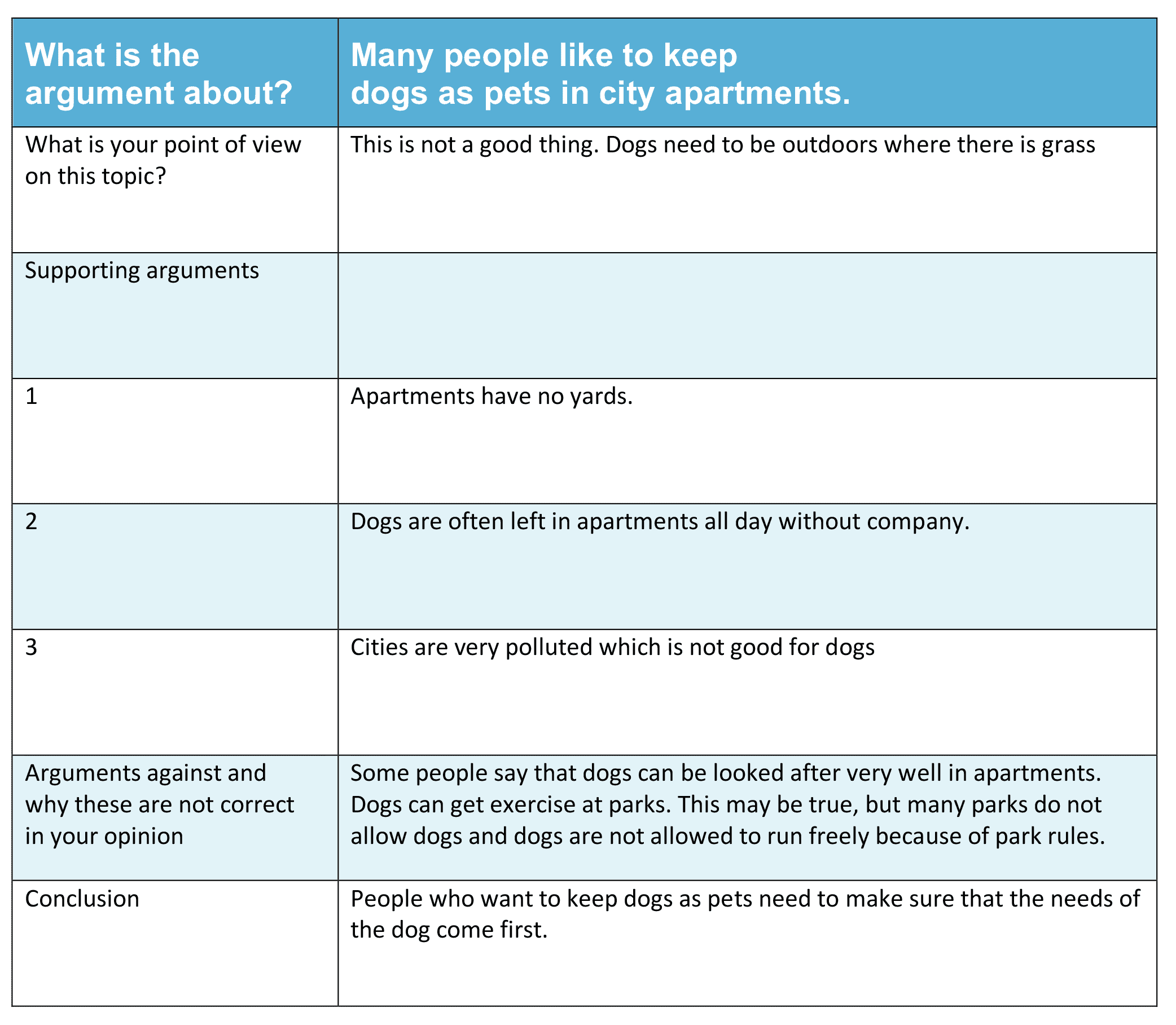Information for Teachers
Curriculum links
This investigation is linked to the following Grade 5 Next Generation Science Standards.
ESS3.C: Human Impacts on Earth Systems
Human activities in agriculture, industry, and everyday life have had major effects on the land, vegetation, streams, ocean, air, and even outer space. But individuals and communities are doing things to help protect Earth’s resources.
ETS1.A: Defining and Delimiting Engineering Problems
Possible solutions to a problem are limited by available materials and resources (constraints). The success of a designed solution is determined by considering the desired features of a solution (criteria). Different proposals for solutions can be compared on the basis of how well each one meets the specified criteria for success or how well each take the constraints into account. (3-5-ETS1-1)
ETS1.B: Developing Possible Solutions
Research on a problem should be carried out before beginning to design a solution. Testing a solution involves investigating how well it performs under a range of likely conditions. (3-5-ETS1-1)
ETS1.C: Optimizing the Design Solution
Different solutions need to be tested in order to determine which of them best solves the problem, given the criteria and the constraints. (3-5-ETS1-3)
How to search the internet
1 Keep your request short
Fewer words will give a more accurate search.
2 Choose exactly what you want
For example: Arctic Circle Climate
3 Use quotes
Double quotes around a set of words tell the search engine to consider those exact words in that exact order without any change. For example: “Arctic Circle Climate”
4 Use the plus sign (+)
If you add a plus sign (+) between words, the internet will search for all the words. For example: migrate+birds+whales+mammal
5 Use the minus sign (–) to say what you don’t want
Use a minus sign (–) to show words you do not want to appear in your results. For example: if you search for burrowing animals and do not want mammals in your search, –mammals will exclude mammals. Note that you need to put a space before the minus sign for the word to be excluded.
6 Be very clear about what you don’t want
Part 1
Ask questions and define problems
After reading Animals and Us, you will know about the long and complex relationships that have developed between humans and animals.
List your questions
- Compare your list with questions that others have.
- Choose a question you would like to investigate.
- You can work alone, with a partner, or in a small group.
You may want to choose one or more of these questions to investigate
Q1. Should people keep animals for profit or research or entertainment? If so, which things are okay? What should the rules about keeping and using animals be?
Q2. How do people see the place of animals in our world? Why are some animals considered to be good (e.g. dogs) and others bad (e.g. mosquitos)? Do you agree?
Go to Part 2 Investigate →Part 2
Investigate
Helpful websites
You may want to use websites to help you’re your investigations.
You can find out about the history of domesticating animals by searching:
National+geographic+domestication
You can look at different organizations that are concerned with animal rights or use, e.g. PETA or ASPCA, and search:
World+animal+protection
Farm+animal+welfare
Animal+research
You can read arguments about how animals should be treated and how action can be taken and a discussion about using animals for research.
Go to Part 3 Record data →Part 3
Record data
Find a way of recording your information that will allow you to see any patterns in the data.
Think about how you feel about the arguments either in support of or against a point of view. Remember there are many strong opinions in this area.
Data Chart for things people use animals for
 Download Chart
Download Chart
Go to Part 4 Organize, analyze, and interpret data →
Part 4
Organize, analyze, and interpret data
1. Look over the information you have gathered and the patterns you have found.
Do you agree or disagree with the points of view you have come across?
Do you totally agree or are there some aspects about which you disagree?
2. Search for other patterns.
3. Makes notes about what you find.
Go to Part 5 Present and share →Part 5
Present and share
Look over all of the information that you have gathered in your investigation.
What are the most important ideas about your topic?
Write an argument about the question you have been investigating.
You could use the following structure to help you to put your argument together.
Share your argument with others. Ask: Do you agree or disagree with my point of view?
What reasons can you give to support your point of view?
Remember to be respectful of other points of view.
 Download Chart
Download Chart
← Return to menu